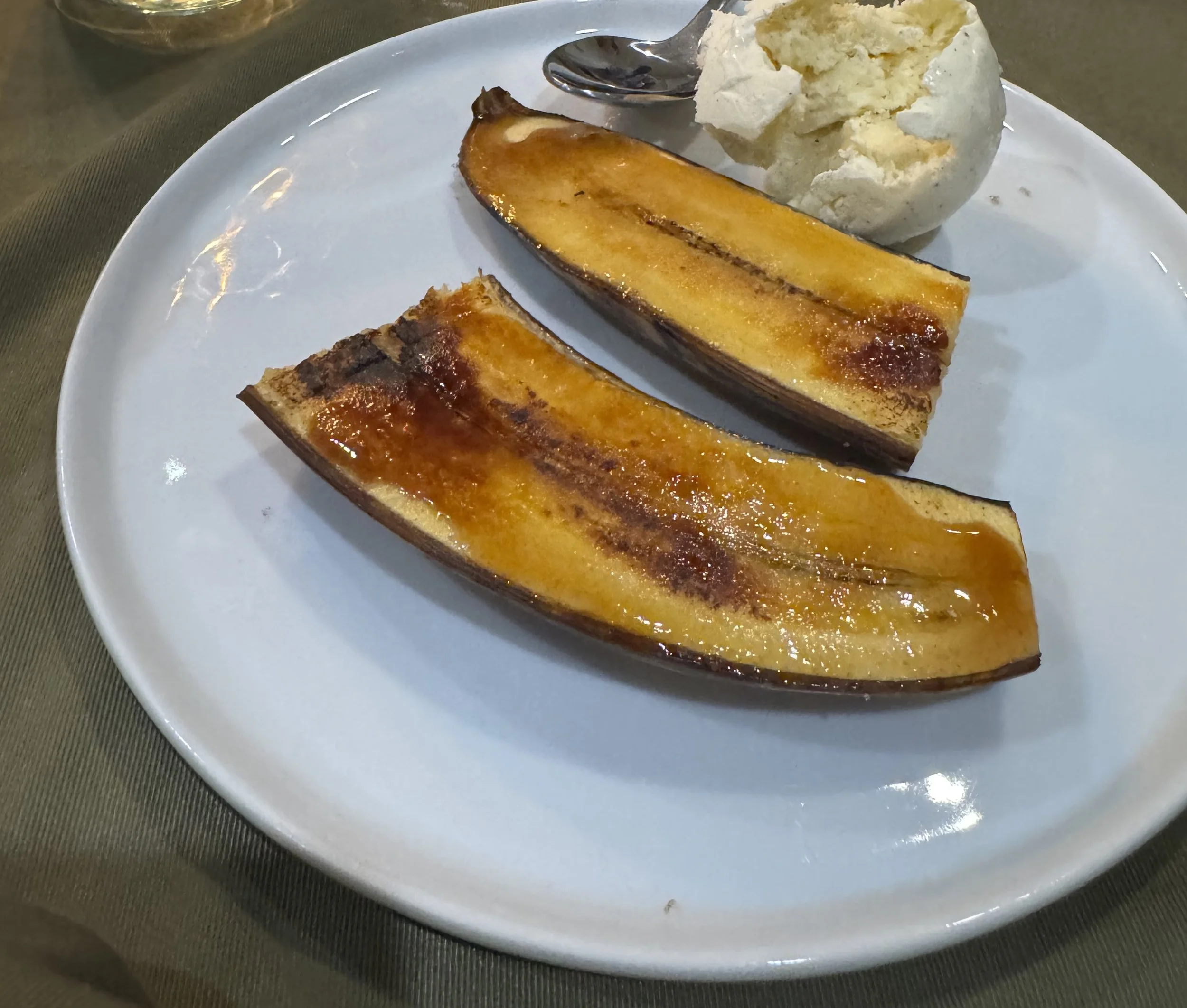This recipe is inspired by the Caribbean with a dash of African flavor by way of Senegambia where yassa chicken is one of the most popular dishes. I grew up eating yassa chicken, but first experienced jerk chicken through my childhood best friend Liz, whose family hails from Jamaica. In Jamaica, jerk chicken is famous due to its marinade, which always uses allspice and Scotch bonnet peppers. Meanwhile, yassa chicken (or yassa au poulet), is typically prepared with onions, lemon or mustard, and is a specialty from the Casamance region in the south of Senegal, near Southern Gambia. I took the lemon and onions from the yassa and crossed it with Jamaican jerk chicken to create a fusion dish that is sure to delight. Serve it alongside this fantastic recipe for rice and peas.
Serves 4 - 5
Ingredients
8 -10 pieces of legs and thighs
1 lemon
1 tablespoon chopped ginger
6 chopped garlic cloves
1 - 2 scotch bonnets
2 sprigs of fresh thyme leaves
3 tablespoons dark brown sugar
1 tablespoon ground allspice
3 onions, finely sliced
6-8 tablespoons Dunn’s River Jamaican jerk seasoning
Salt and pepper to taste
(Note that for this recipe you will need a drip pan)
Trim the chicken of excess fat, then slash the skin lightly before patting it dry. Put it to one side then mix the ginger, lemon, garlic, allspice, brown sugar, scotch bonnets and tablespoons of the jerk seasoning together.
Cover the chicken with the jerk marinade and make sure it is well-coated. Marinate the chicken in the refrigerator for at least 3 hours (preferably longer or overnight). Be careful when handling the jerk marinade as it will be extremely hot. Use gloves or wash your hands vigorously after handling it.
After you take the marinated chicken out of the refrigerator, prepare for the next stage by pre-heating the oven to 375 degrees then add all of the cut onions to a drip pan with a few tablespoons of water. This water will create steam inside the pan as the chicken bakes, and keep it moist and juicy.
Brown the chicken on the stovetop over medium-high heat then transfer it to the drip pan with the onions and the water at the bottom. While the chicken is cooking, the jerk marinade will also drip onto the onions giving them a delicious flavor.
Cook the chicken and onions in the oven for around 30 minutes then serve the chicken with the onions arranged over them with a splash of lime.

